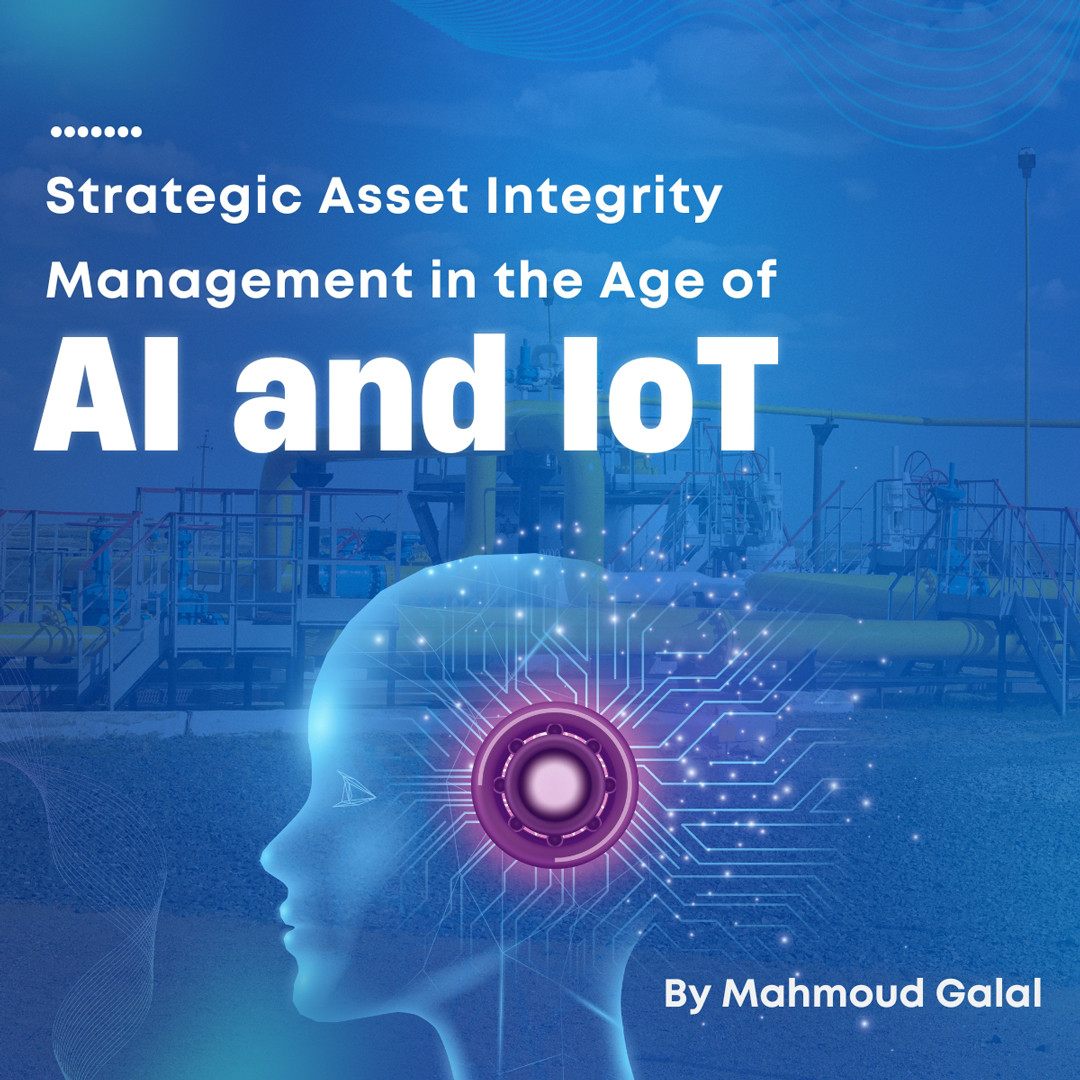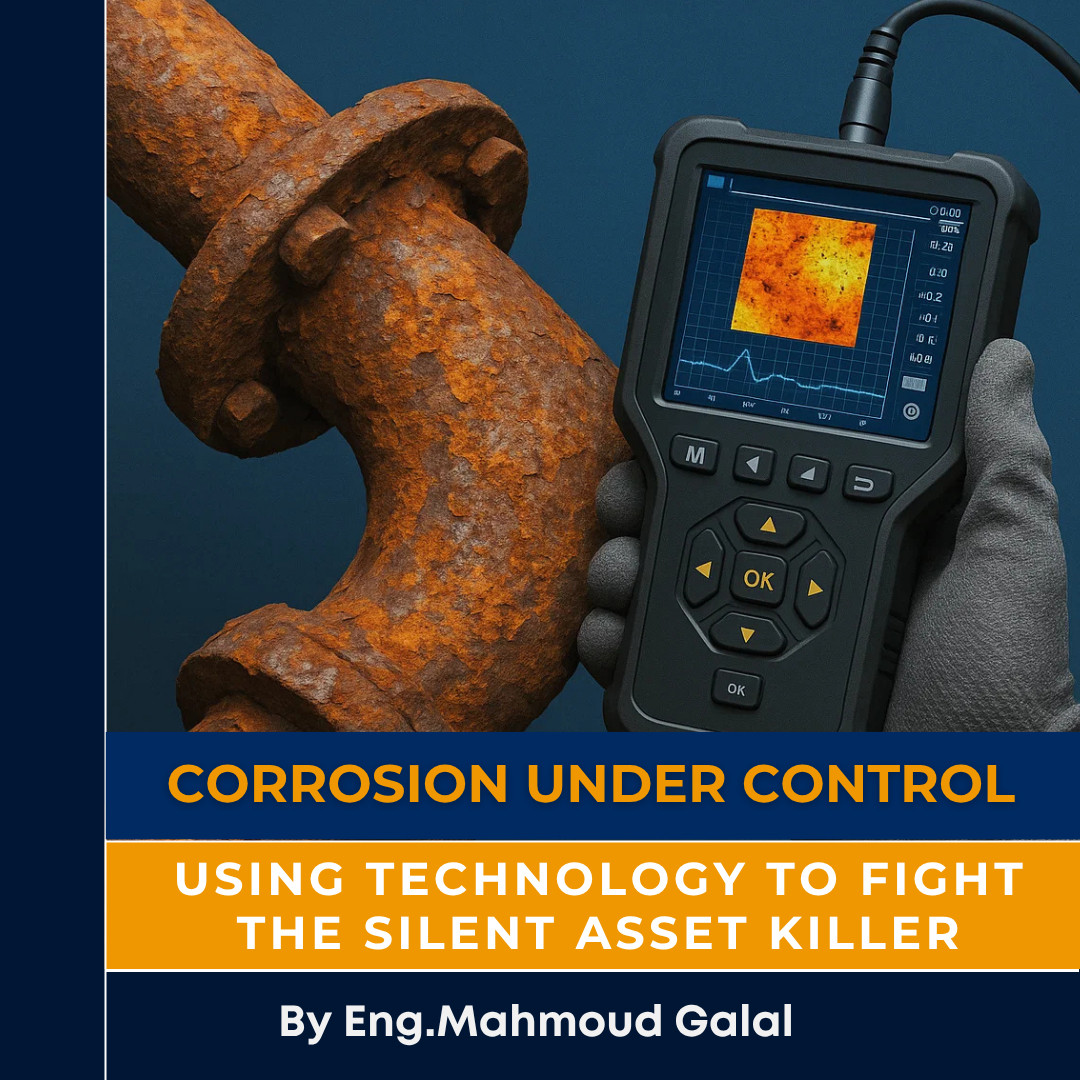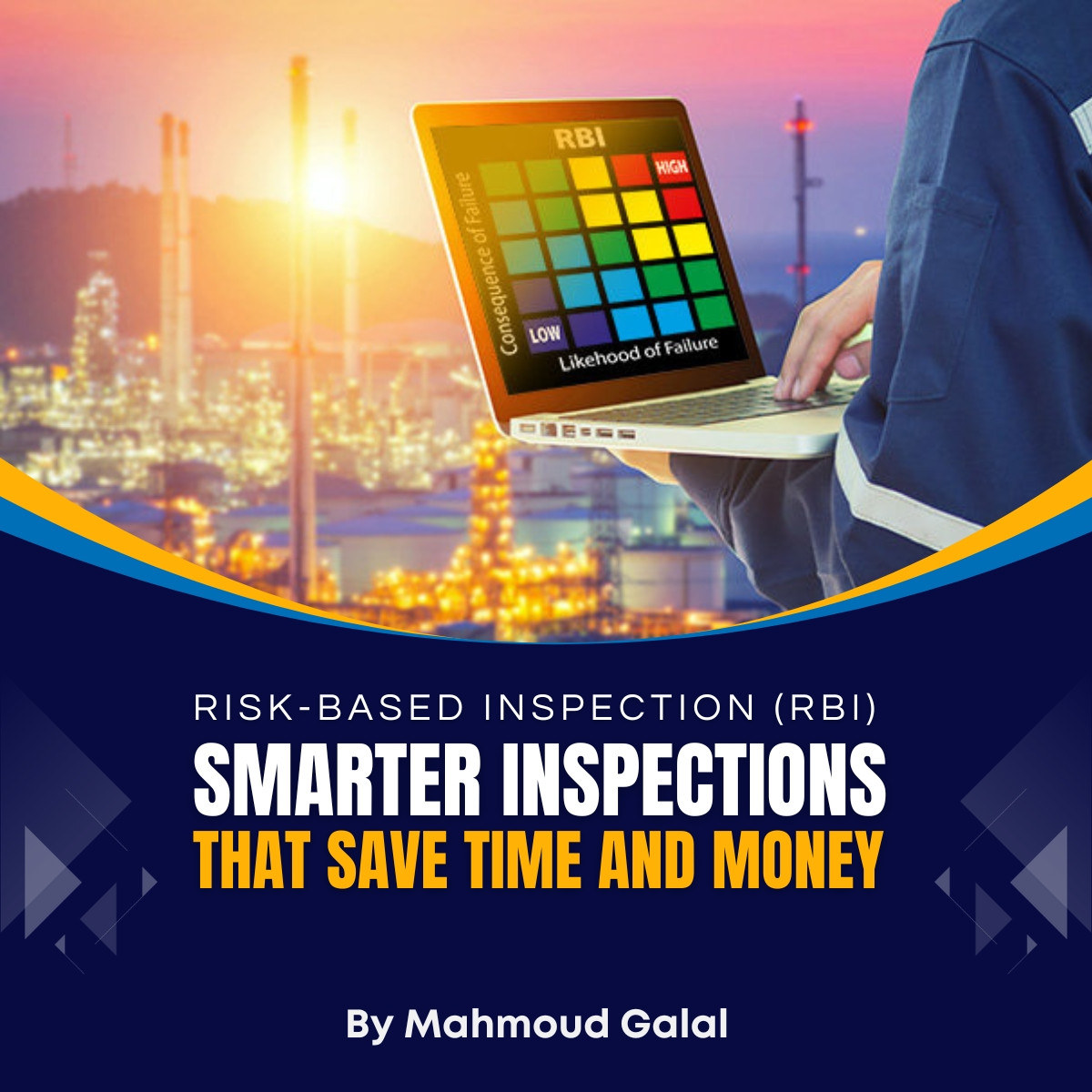
Strategic Asset Integrity Management in the Age of AI and IoT
Strategic Asset Integrity Management in the Age of AI and IoT:
In
today's fast-moving world, where technology keeps leaping forward and
businesses face more and more complex challenges, Asset Integrity
Management (AIM) has become super important. It's no longer just about
fixing things when they break; it's a core strategy. For big industries –
like oil and gas, power plants, and factories – making sure their
equipment stays reliable, safe, and works well isn't just about avoiding
shutdowns. It's about keeping people safe, protecting the environment,
and making money for a long time. The way we manage asset integrity is
going through a big change, driven by awesome new technologies that give
us never-before-seen insights, help us predict problems, and make
operations much smoother.
More Than Just Fixing: What Modern AIM Is About
At
its heart, AIM is a complete, start-to-finish way to manage how strong
our physical assets are. It includes a full set of methods, systems, and
tools designed to make sure an asset works as it should throughout its
entire life. While older AIM mostly focused on fixing things after they
broke or at set times, today's approach emphasizes:
* Inspecting
Based on Risk: Instead of checking everything at regular intervals, we
use clever math and data to figure out how likely and how bad a part's
failure might be. This lets us focus our checks where they matter most,
saving resources and cutting down on unnecessary downtime.
* Dealing
with Rust and Wear: Rust is still a big enemy for equipment. Modern AIM
uses real-time monitoring, deep knowledge of materials, and smart
predictions to spot and stop rust before it causes major trouble, making
equipment last longer and preventing big failures.
* Mechanical
Soundness: This ensures that pressure tanks, pipes, and other machinery
are built, put in place, run, and maintained in a way that prevents
leaks or uncontrolled releases. This means strong checking, testing, and
repair programs, often backed by digital copies of equipment for
accurate testing and planning.
* Maintenance Focused on Reliability:
This approach zeroes in on what an asset absolutely needs to do and
what could go wrong to stop it. By understanding why things fail,
companies can create specific maintenance plans that make equipment more
dependable and cut down on repair costs.
The Tech Edge: Pushing AIM to New Heights
The real game-changer in AIM comes from putting several high-tech fields together:
*
Smart Thinking (AI) & Learning Machines (ML): AI and ML algorithms
are changing how we look at tons of data from sensors, inspections, and
past operations. They can find tiny clues that signal a coming
breakdown, predict how much life equipment has left with amazing
accuracy, and even suggest the best ways to maintain things. This moves
AIM from just reacting to truly seeing into the future.
* Connected
Devices (IoT) & Industrial Sensors: More and more smart sensors
allow us to watch key things like temperature, pressure, vibration, and
even sounds in real-time. This constant flow of information gives us an
unmatched understanding of how healthy our equipment is, letting us
catch odd behavior early and step in quickly.
* Digital Twins:
Imagine a perfect virtual copy of a piece of equipment that's constantly
updated with live data from the real one. This powerful tool lets us
run tests on different situations, try out maintenance plans, and
predict how equipment will behave, making decisions much smarter.
*
Advanced Robots & Drones: Automated inspection tools, like drones
with super-clear cameras, heat vision, and even sound-based testing
gear, are changing how we collect data in dangerous or hard-to-reach
places. This not only makes things safer but also drastically cuts down
on how long and how much inspections cost.
* Data Deep Dive &
Visuals: Clever data analysis systems pull together and process huge
amounts of integrity data, showing it in easy-to-understand charts and
pictures. This helps engineers and decision-makers quickly grasp how
healthy their assets are, spot trends, and make smart choices.
*
Cloud & On-Site Computing: Cloud systems provide the massive
computing power needed to store and crunch the enormous amounts of data
that modern AIM systems produce. On the other hand, "edge computing"
processes data right where it's collected, which is vital for making
quick decisions in critical situations.
The Good Stuff: Why High-Tech AIM Matters
Using these technologies offers many benefits for companies committed to strong asset integrity:
*
Better Safety: Spotting and dealing with risks early greatly lowers the
chance of accidents, environmental spills, and injuries to people.
*
More Reliability & Less Downtime: Predicting when maintenance is
needed means fewer unexpected stops, leading to smoother operations and
more production.
* Lower Costs: By maintaining equipment based on
its actual condition rather than a fixed schedule, companies can cut
down on unneeded checks, repairs, and labor costs.
* Longer
Equipment Life: Smart integrity management helps prevent early wear and
tear, making valuable equipment last longer and delaying the need to buy
expensive replacements.
* Stronger Compliance & Reputation:
Good AIM practices ensure companies follow rules and show they are
responsible, boosting their standing.
* Decisions Based on Facts:
Live data and advanced analysis give unmatched insights, helping people
make informed and smart choices across the whole company.
The Future: Connected and Clever
The
future of Asset Integrity Management is all about being more connected
and smarter. We'll see data flowing even more smoothly between different
systems, giving us a truly complete picture of asset health. AI and
robots will become even more self-sufficient, with materials that can
fix themselves and predictive maintenance getting incredibly precise.
For
those who own and run big equipment, the message is clear: investing in
a high-tech, connected AIM approach isn't just a nice-to-have anymore.
It's essential for staying competitive, running operations excellently,
and building a sustainable future in an increasingly complex industrial
world. Those who jump on this tech wave will be best set up to protect
their assets, their people, and their profits for many years to come.
What are some of the biggest challenges your organization faces in adopting these advanced AIM technologies?


0 comments